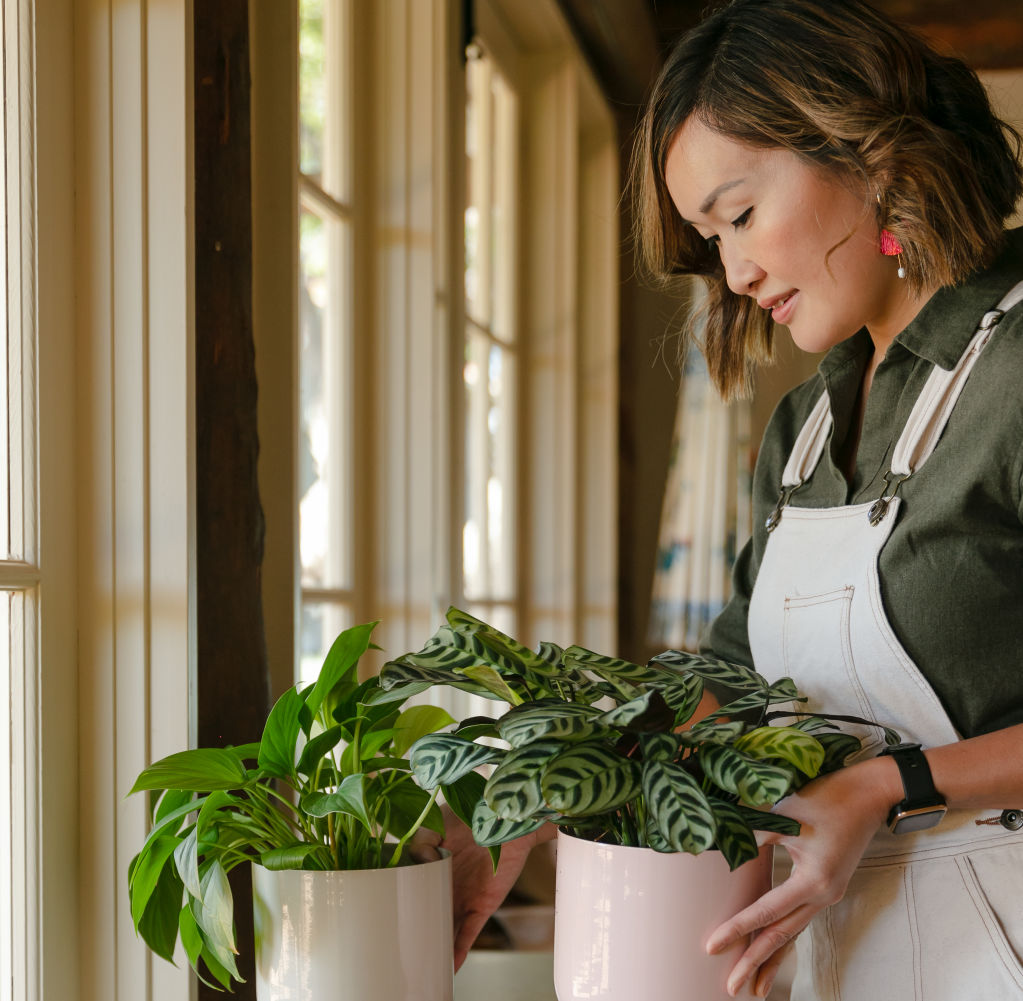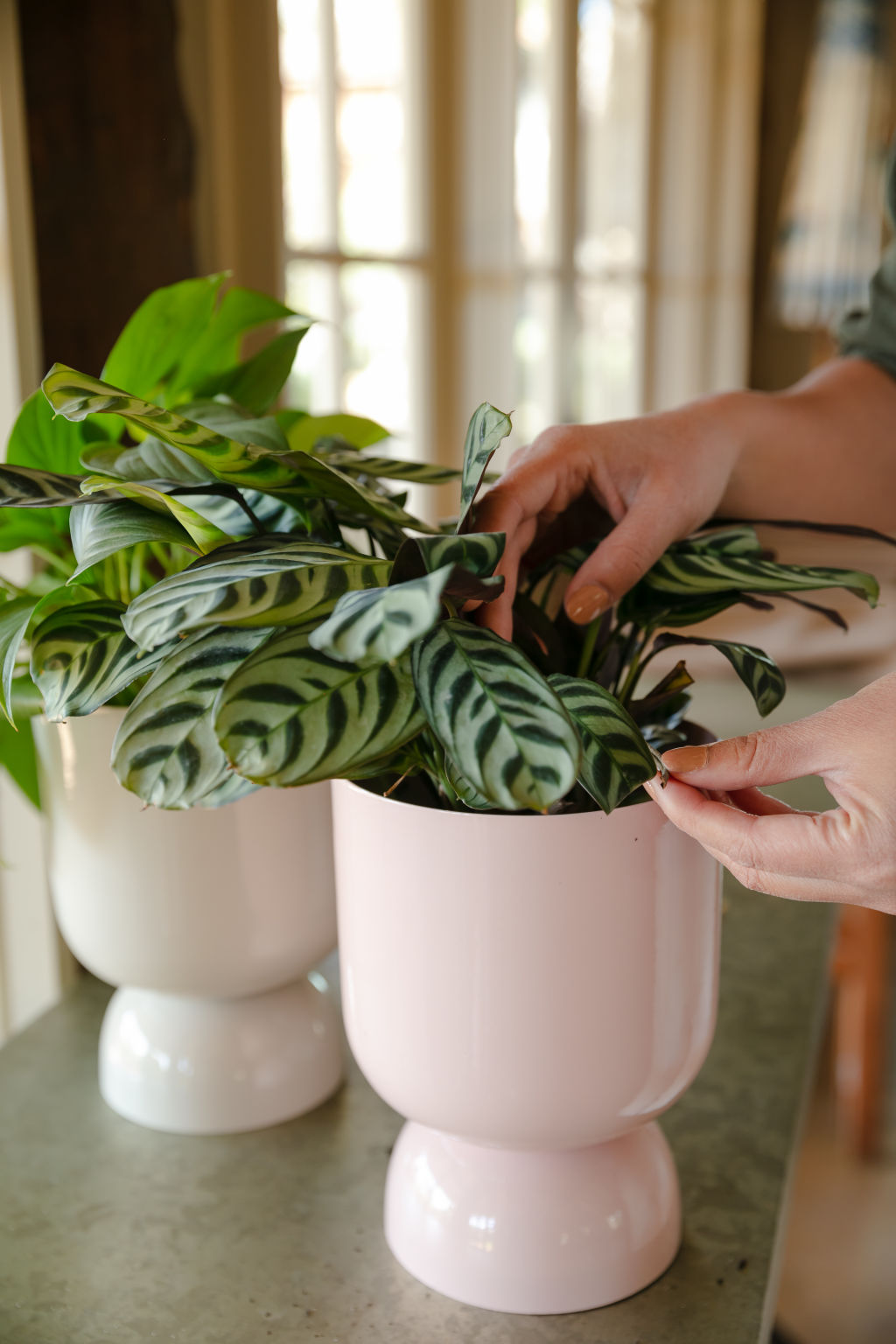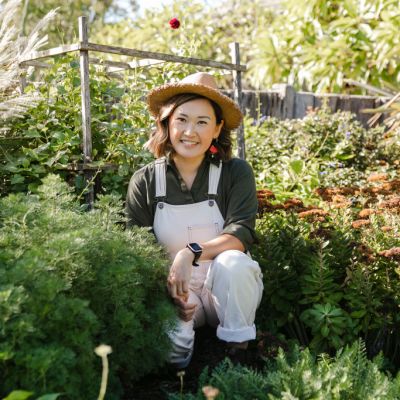Cold snap: How to care for indoor plants in winter

Indoor plants breathe life into a space and make us feel grounded; maintaining their health is key to their lush and leafy looks. With the change in season, our houseplants need a different level of care to thrive. Here’s how to see them through cool change.
You may be surprised to learn that maintaining the wellbeing of houseplants during winter requires some adjustments. However, the changes are minimal yet significant for our verdant friends, and result in less hands-on time for you.
Sunlight
During winter, the angle of sunlight becomes lower, which means plants that used to enjoy a decent amount of light in the middle or corners of a room won’t be soaking up as much sunshine as they did in the warmer months. When plants don’t get enough light, they tend to drop leaves, but don’t worry, they’ll bounce back once conditions improve.
To ensure they still get their daily dose of vitamin D, try moving them closer to windows or areas with more light. If that’s not feasible, consider getting a grow light. You can find these handy devices at garden centres or hydroponic stores.

Watering
With cooler conditions, the potting mix takes longer to dry between waterings, which means you don’t need to water your plants as regularly. However, if heating is often on or cool draughts are let in, these factors can cause the mix to dry out faster. Instead of following a prescribed schedule of watering once a week or fortnight, it’s best to check the moisture level of the potting mix to determine if your plants need a drink. You can use a store-bought moisture meter or insert your index finger 2.5-5 centimetres into the top of the mix. If it’s dry, give it a good drink but if its moist, leave watering for a few days.
Feeding
Plants aren’t actively growing at this time of year – unless it’s warm year-round where you are – so there’s no need to feed them during this time. Feeding now is a waste of product and can be detrimental to plant health, with salts and minerals building up in the soil. Leave fertilising plants until it warms up again.
Repotting
Like feeding, now is not the time to be repotting. Transplanting plants into new pots when they’re not actively growing can lead to transplant shock, resulting in poor growth or worse, plant death. While indoor plants are generally more resilient and recover better
from transplant shock than outdoor plants, it’s best to avoid subjecting your plants to unnecessary stress.
Dormant, not dead
Popular indoor plants like caladiums and alocasias have a natural tendency to die down during winter. When temperatures drop, their stems and leaves yellow and dieback as a way to conserve energy. Rest assured, this is a normal process, and these plants will bounce back to life once warmer conditions return. To support their dormancy, simply move the pots to a warm spot and water them when the soil is near dry.
However, dormancy doesn’t always occur, especially in the insulated environment of indoor spaces. Your plants may look healthy during this time, albeit slightly less vibrant. If this is the case, there’s no need to worry, they will be right come spring.
Tammy Huynh is a horticulturist, presenter on Gardening Australia and the owner of Leaf an Impression.
We recommend
States
Capital Cities
Capital Cities - Rentals
Popular Areas
Allhomes
More










